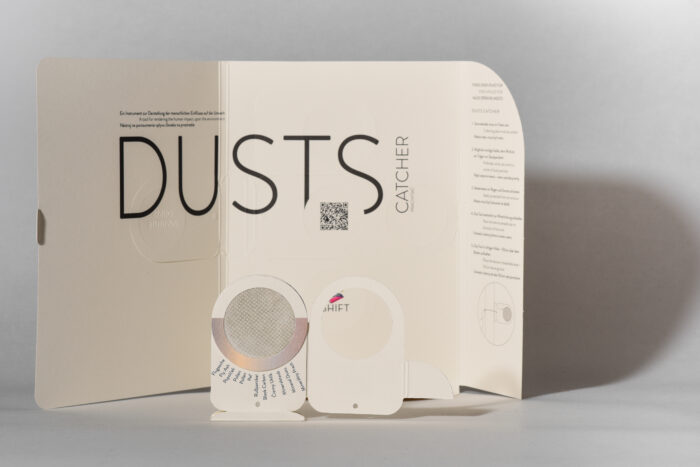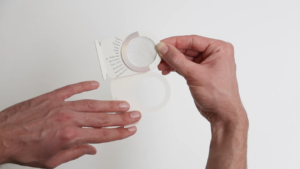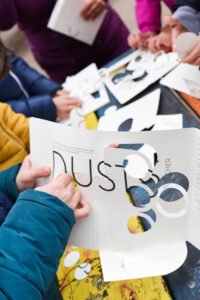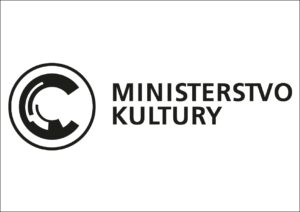Streaming & Art walk in Schillerkiez
25.06 – 27.06.2021
Art walk on Sat. 26.6.2021 17:000
Meeting Point: TOP Transdisciplinary Project Space
Dusts Institute proposes to focus our conversation on the places we inhabit and on our relationship with natural environments. It is an interdisciplinary platform and community endeavor, in which research and practice investigate contexts and concepts of our future coexistence with the environment.
Research context
Dusts Institute aims to raise awareness about the toxicity of the environment, namely about the air we breathe through artistic research with the support of scientists. Dusts Institute attempts to exceed how we perceive, process and understand the reality of human impact upon the environment by looking at one element in the air – airborne dusts. The project traces changing air composition as the result of our economic cycles, political choices and private lifestyle through high-tech devices that filter and collect airborne dusts from the environment. It is the airborne dusts that is known to function as a carrier for many chemical and biological contaminants including Coronavirus that can float in the air for hours, days or even weeks. The current pandemic revealed that areas with high air pollution levels help with the spreading of the CoronaVirus. However, we do not perceive 18 kilograms of airborne dusts that every human inhales on average in a lifetime. It is the human activity that turned the atmosphere into a mixture of invisible toxic substances; nowadays we may die by everyday acts of breathing. Dusts Institute exceeds our perception of invisible airborne dusts that is naked to the human eye, by rendering an (air)condition otherwise readable by sensors only. Dusts Institute creates devices that are an extension of the human body, they act almost as a human sixth sense: to perceive, to feel, to see and to observe the human-made forces shaping the environment.
Activities
The interdisciplinary approach of the project reimagines social, cultural, and environmental aspects of air-borne dusts. Dusts Institute proposes dusts collecting workshops; outdoor educational gatherings to collect invisible air-borne dusts from the environment. Together with atmospheric scientists from TU Vienna, Dusts Institute has developed a device that can successfully transform invisible, toxic, airborne dusts into tangible, aesthetic, and artistic objects. Dusts Catchers were inspired by the scientific method of ambient air sampling where pollutants carried by air are captured on a medium (usually various types of fabrics) and analysed later to determine the amount and composition of air-borne pollutants.* Dusts Catchers are foldable and fully recyclable instruments that are designed to visually inform communities what kind of dusts, if any, is dominant in the air we breathe.
Additionally, after gaining the knowledge of what airborne dusts is and what implications it has for our society, culture and the environment, Dusts Institute is going to investigate the bodily experience of air pollution and tune our senses in order to feel and the invisible airborne dusts, usually represented by data only. Outdoor interactive installation Dusts Chambers translates data about air pollution into an interactive experience between the observer and the environment. Dusts Chambers are interactive instruments that filter airborne dusts from the air and transform them perceptible by naked eye. These devices work as an extension of the human body; to feel and to see the invisible. Participants invited to enter the inflatable device can breathe, meditate and experience an air-utopia; dusts free environment.
Dusts Institutes invites participants to meet in front of TOP Transdisciplinary Project Space for an artist walk and explore the Dusts Institute project. The walk will take place on the 26th of June. The starting point of the walk is TOP and the meeting time is 5 pm.
* “Air Sampling – an overview | ScienceDirect Topics.” https://www.sciencedirect.com/topics/earth-and-planetary-sciences/air-sampling. Accessed 28 Apr. 2021.
Supported by






